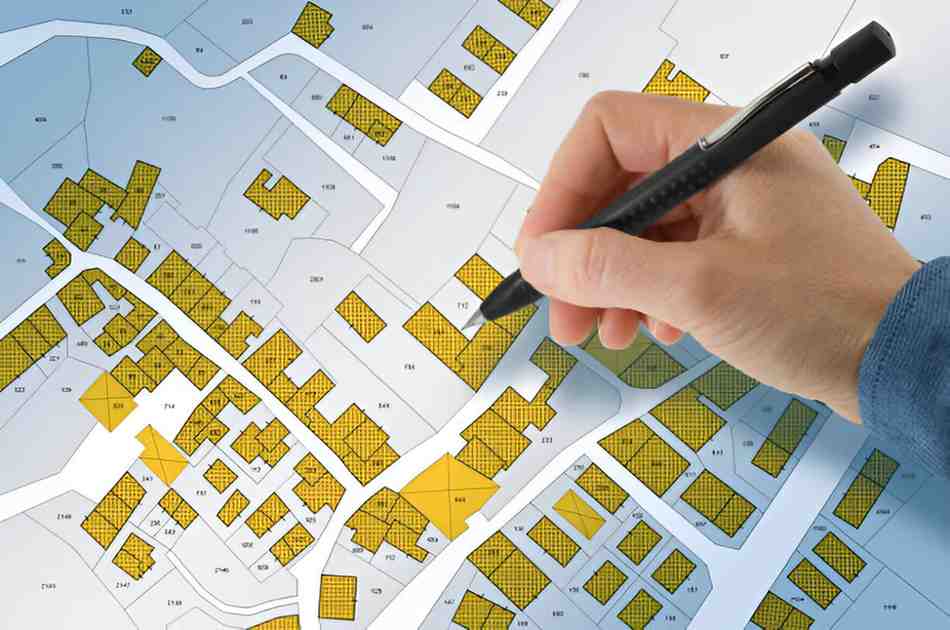As a homeowner, I often explore ways to reduce my tax burden while managing mortgage payments. One powerful but often overlooked tool is Mortgage Interest Relief At Source (MIRAS), a tax benefit that can ease the financial strain of homeownership. In this article, I dissect MIRAS, its mechanics, and how it compares to current U.S. tax policies. I also provide calculations, historical context, and actionable insights to help homeowners maximize their savings.
Table of Contents
What Is Mortgage Interest Relief At Source (MIRAS)?
MIRAS was a U.K. tax relief program that allowed homeowners to deduct mortgage interest payments from their taxable income at the source—meaning lenders would reduce interest payments before collecting them. The U.S. has never had an identical system, but the Mortgage Interest Deduction (MID) serves a similar purpose.
How MIRAS Worked (A Historical Perspective)
Under MIRAS, the U.K. government subsidized mortgage interest payments by providing tax relief directly through lenders. For example, if a borrower had a mortgage interest rate of 5% and qualified for 20% tax relief, the effective interest rate became:
5\% \times (1 - 0.20) = 4\%This reduced the borrower’s monthly payment without requiring them to file additional paperwork.
The U.S. Equivalent: Mortgage Interest Deduction (MID)
The U.S. does not have MIRAS, but the MID allows homeowners to deduct mortgage interest from their taxable income. Unlike MIRAS, which provided relief upfront, MID requires homeowners to itemize deductions on their tax returns.
Key Differences Between MIRAS and MID
| Feature | MIRAS (U.K.) | MID (U.S.) |
|---|---|---|
| Relief Mechanism | Direct reduction in interest payments | Deduction from taxable income |
| Administration | Handled by lenders | Claimed via tax returns |
| Eligibility | Available to all qualifying homeowners | Only for itemizers |
| Impact on Cash Flow | Immediate | Delayed until tax refund |
Calculating the Tax Benefits
To understand the real-world impact, let’s compare MIRAS-style relief with the U.S. MID using an example.
Example: $300,000 Mortgage at 4% Interest
Scenario 1: MIRAS (Assuming 20% Tax Relief)
- Annual Interest: 300,000 \times 4\% = \$12,000
- Relief: 12,000 \times 20\% = \$2,400
- Net Interest Paid: 12,000 - 2,400 = \$9,600
Scenario 2: U.S. MID (24% Tax Bracket, Itemizing)
- Annual Interest: $12,000
- Tax Savings: 12,000 \times 24\% = \$2,880
- Net Interest Paid: 12,000 - 2,880 = \$9,120
At first glance, the U.S. MID appears more beneficial. However, MIRAS provided immediate cash flow relief, whereas MID benefits are realized later.
The Socioeconomic Impact of Mortgage Interest Tax Relief
Who Benefits the Most?
- High-Income Earners: Since MID is a deduction, those in higher tax brackets save more.
- Homeowners with Large Mortgages: The larger the mortgage, the bigger the deduction.
- Itemizers: Only about 10% of U.S. taxpayers itemize, limiting MID’s reach.
Criticisms of Mortgage Interest Tax Relief
- Regressive Benefit: Wealthier homeowners gain disproportionately.
- Encourages Debt: Subsidizing interest may incentivize larger mortgages.
- Complexity: MID requires itemization, adding tax filing burdens.
Should the U.S. Adopt a MIRAS-Like System?
Pros of a MIRAS Approach
- Simpler for Homeowners: No need to itemize deductions.
- Immediate Relief: Helps with monthly budgeting.
- Broader Accessibility: Could benefit non-itemizers.
Cons of a MIRAS Approach
- Higher Administrative Costs: Lenders must integrate tax relief into payments.
- Less Flexibility: Fixed relief rates may not suit all taxpayers.
Current U.S. Tax Policies and Alternatives
Since the Tax Cuts and Jobs Act (2017), the MID has been less impactful due to higher standard deductions. Some economists propose:
- Converting MID to a Tax Credit: A flat 15% credit would help lower-income homeowners.
- Capping Deductions Further: Limiting MID to mortgages under $500,000.
- Phasing Out MID: Redirecting subsidies to first-time homebuyers.
Example: Tax Credit vs. Deduction
Assume a homeowner pays $10,000 in mortgage interest:
- Deduction (24% Bracket): Saves 10,000 \times 24\% = \$2,400.
- 15% Credit: Saves a flat $1,500, benefiting lower brackets more.
Final Thoughts
While MIRAS no longer exists, its lessons remain relevant. The U.S. MID system has strengths but also inefficiencies. A hybrid approach—combining immediate relief with broader accessibility—could better support homeowners.





